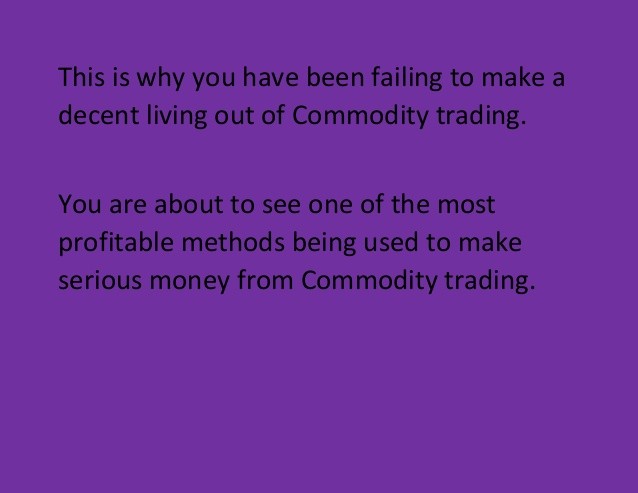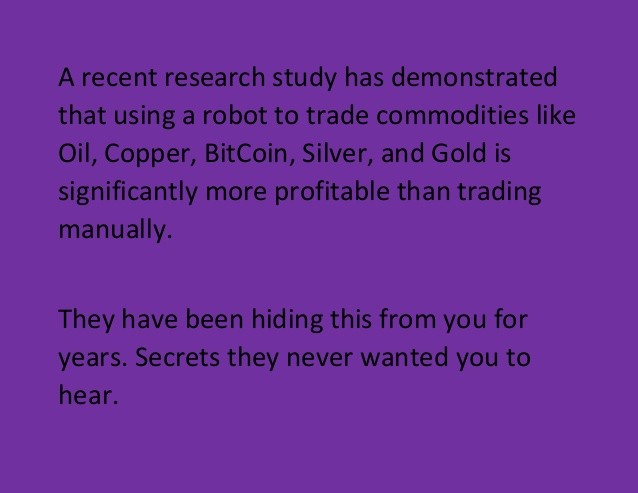How To Trade Commodities Learn How To Invest In Commodities Profitably
Post on: 18 Май, 2015 No Comment

What are commodities?
Why aren’t paintings commodities? Because each one is unique. Commodity definition — Commodities are uniform and one individual or portion serves the same purpose as any other. An ounce of gold, a barrel of oil, a bushel of wheat. In every case, one is pretty much like another. It makes little difference to most of those buying it whether they receive this ounce of gold or that one.
Observe there are some differences. Because of shipping costs, differences in composition, and so forth, some oil does sell for a different price than that from another source. Texas crude and North Sea oil are close enough for many purposes, but they trade on different markets and have different prices.
How to trade commodities
Commodities can be traded on either spot markets, or in the form of futures.
Spot markets are those in which the commodity is traded immediately in exchange for cash or some other good. You go to the local jewelry store and buy an ounce of gold. That’s a spot trade. You give the jeweler several hundred dollars in cash, he gives you an ounce of gold, usually in the form of a coin, ‘on the spot’.
Other traders exchange commodities on spot markets in much greater quantities — thousands or millions of ounces of gold or barrels of oil. At some time the actual good is delivered. After all, at some point, someone has to use the good or it’s, so to speak, no good.
In the form of futures (or options), what is traded is not the good itself, but a contract to buy or sell the commodity for a certain price by a stated date in the future. Hence the name.
Most commodities trading is done in the form of futures or options and it’s that scenario that gives rise to most of the huge potential for profit and loss. It also gives rise to all the interesting aspects of trading, since it inherently involves predictions of the future and hence uncertainty and risk.
Learn How To Invest In Commodities — Beginners Or Pros
Commodities trading has been around for centuries, but the modern markets arose in the late 18th century when farming began to be modernized. Though the pace of trade and many of the detailed mechanisms has changed, the basics are still the same.
Growing wheat, for example, took several months then from planting to harvest to delivery. It still takes several months. A farmer might plant wheat in April and discover in June that the price someone is willing to pay for delivery in August has dipped over the past month.

For example, suppose on May 1st wheat to be delivered September 1st is selling for $4.00 per bushel. By June 1st, it has fallen to $3.80. The farmer may believe the price will continue to fall. He offers a contract on his wheat to be d
elivered September 1st for $3.80 per bushel, locking in a price today at the current market level. In exchange, he accepts a legal obligation to deliver the wheat on or before September 1st.
Fortunately for the farmer and others, some believe the price will in fact not fall but instead will rise by September 1st to $4.20 per bushel.
That kind of prediction is typically based on a very complicated analysis of current conditions, such as the total amount of acreage under plant, soil moisture levels, weather predictions for the coming months, political events and dozens of other variables.
No one knows the future price with certainty, that’s why it’s called speculation.
Come September 1st the farmer delivers his wheat and is paid $3.80 per bushel. If the price turns out then to be $4.20 per bushel, the speculator makes a healthy profit. If the price is, say $3.50 per bushel, the speculator has lost money.
That’s commodities trading in a nutshell, or rather in a basket.














